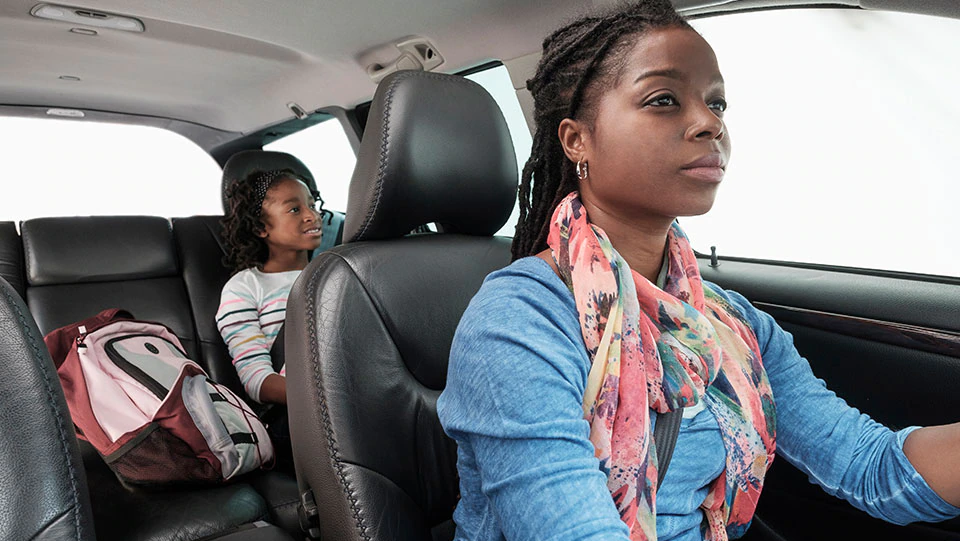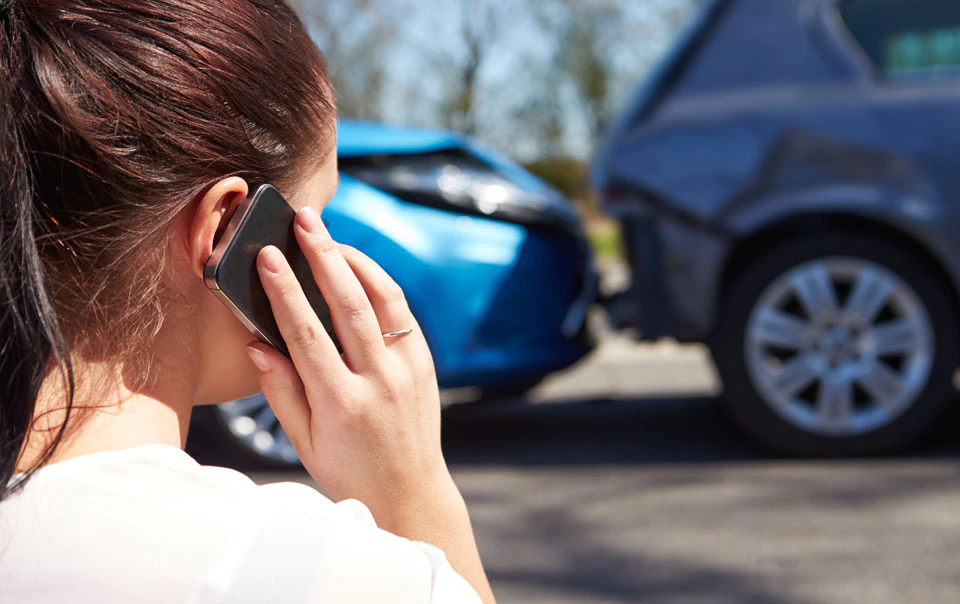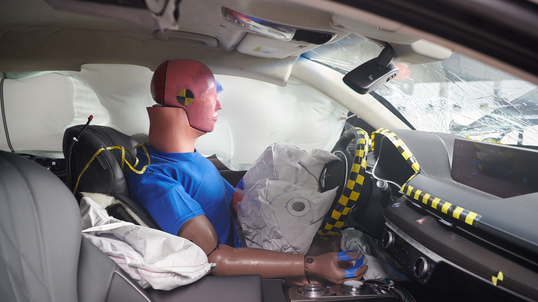The Science of Car Crashes

Travelers is proud to work with the finest Independent Agents

From lane departure warnings to automatic emergency braking, drivers today have more technology than ever to help avoid car accidents. But with more cars on the road, the number of traffic fatalities continues to rise, according to the National Highway Traffic Safety Administration. Taking a scientific approach to what causes car accidents can help us better understand – and potentially avoid – them in the future.
Why are there more fatal car accidents?
Americans are covering more miles, and are more distracted, than they were a decade ago. Safety technology can only do so much to offset risky driving behavior. Reducing distractions, from smartphone use to eating while driving, can help drivers remain alert and able to react quickly, giving them a better chance to avoid an accident.
What role do drivers play in an accident?
Despite all of the new safety technology, in 94% of car accidents, the crash was related to the driver, according to NHTSA.1 Often, an unexpected event and period of inattention go hand in hand. Maintaining focus on the roadway is important because unexpected events are a part of everyday driving. Even at their most efficient, the interactions between a driver’s perception and a vehicle’s brakes aren’t instantaneous. Responding to an unexpected event happens in three distinct phases: perception, reaction and avoidance. There’s the moment that the driver perceives the potential hazard, the driver’s reaction time and the steps the driver takes to avoid an accident. This sequence of events takes time. Maintaining focus and attention on the road can help provide a driver with the time needed to react and, ideally, avoid an accident.
What causes a car accident?
To a driver, getting into an accident may feel like a stroke of bad luck – a matter of being in the wrong place at the wrong time, perhaps. There’s some truth to the idea of timing. It’s generally safer to drive during daylight hours instead of nighttime, when visibility is lower and other drivers are likely to be fatigued, or perhaps driving under the influence, for example.
While there’s an element of chance in an accident, often it’s due to a series of connected events that can be deciphered to discover the root cause of the crash. It can mean that a small mistake, when compounded with another factor, can lead to a serious car accident. But safe drivers who are prepared to react to that root cause can help prevent a more serious accident than drivers who are not prepared. Safe driving is more than simply driving the speed limit; it’s about anticipating other drivers' actions and recognizing when a curve in the road ahead or inclement weather requires drivers to slow down.

Americans are covering more miles, and are more distracted, than they were a decade ago.
How do you deconstruct a car accident?
A car accident involves more than the impact itself. To an accident analysis team, there are three distinct pre-accident elements to analyze within a car crash: an unsafe maneuver (often speeding), an unexpected event and a period of inattention.
For example, a driver distracted by a cellphone or even a conversation with another passenger might fail to perceive a truck running a stoplight up ahead. If the driver was traveling too fast for road conditions, it might decrease reaction time. A slick road surface can affect the coefficient of friction, which can affect how long it takes to safely come to a stop or avoid an accident.
Driving at a safe speed for road conditions and a safe following distance can help to give drivers the time they need to react to conditions that could lead to an accident. Maintaining speed and following distance is important because it gives a driver time to respond to unexpected events.
While it’s not possible to completely eliminate your chances of getting into a car accident, even seemingly small choices you make every day behind the wheel, like stowing your cellphone or setting it to “do not disturb” before you leave your driveway, can play a significant role in whether you safely reach your destination. Being prepared to identify and respond to danger can help you make a potentially life-saving decision when seconds count.
Click here for more information about safe driving behaviors and road safety, including IntelliDrive®, a product that can help reinforce safe driving behaviors.




